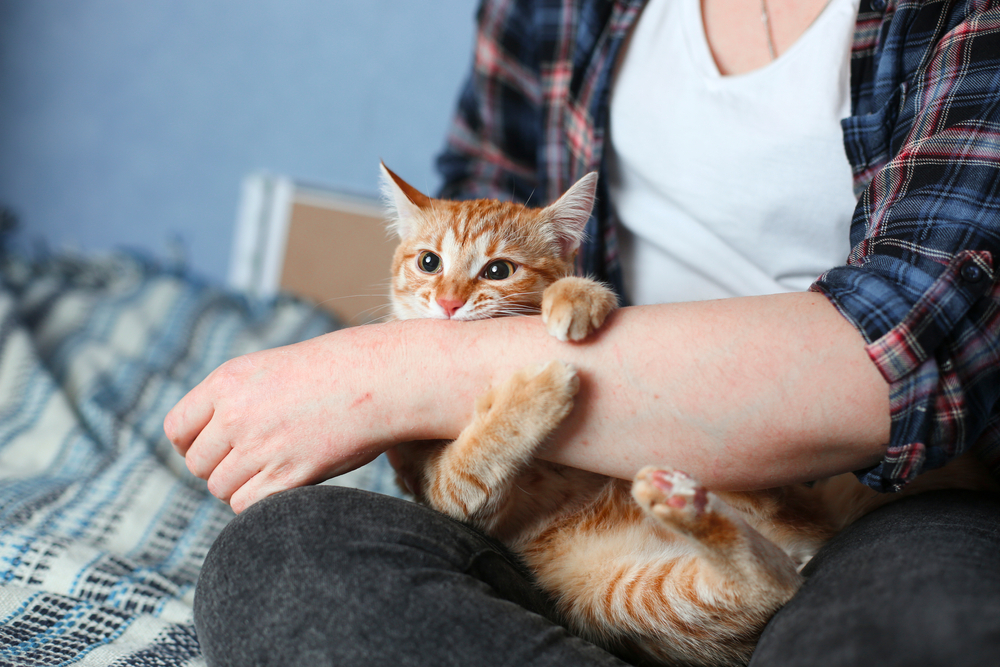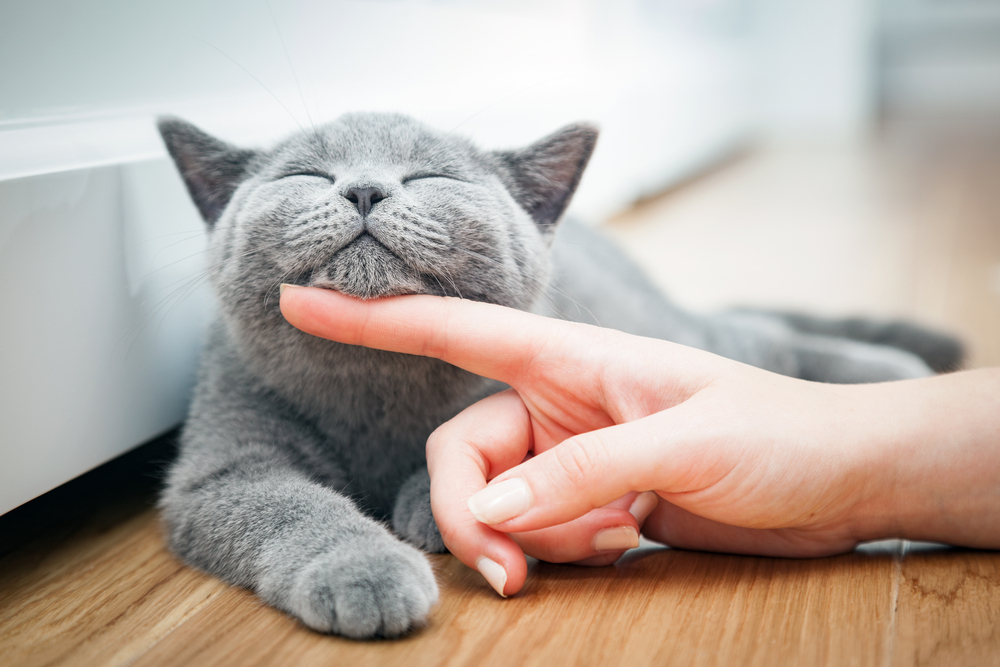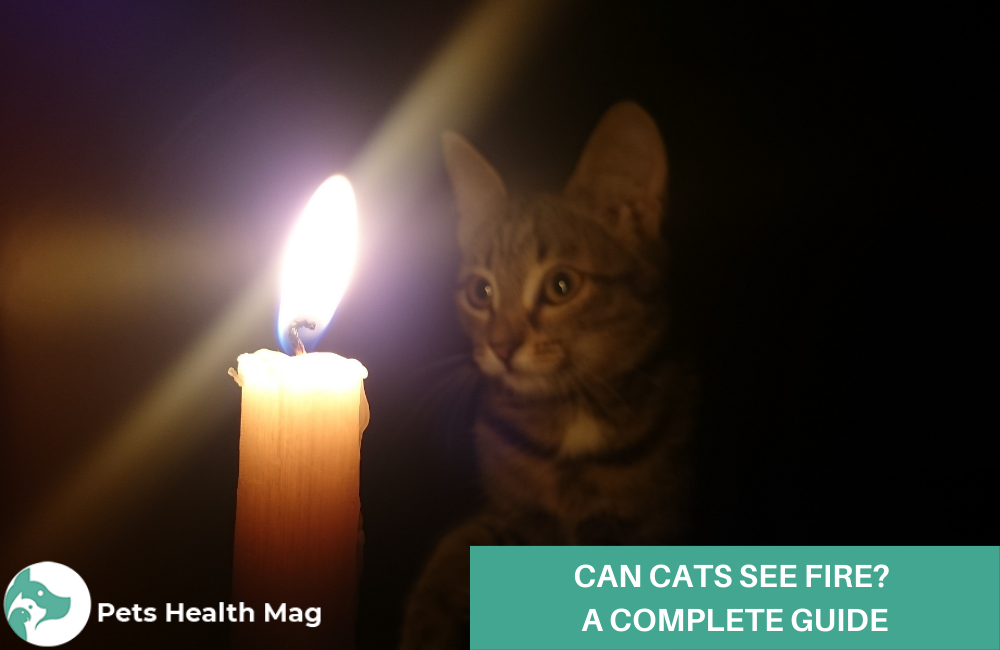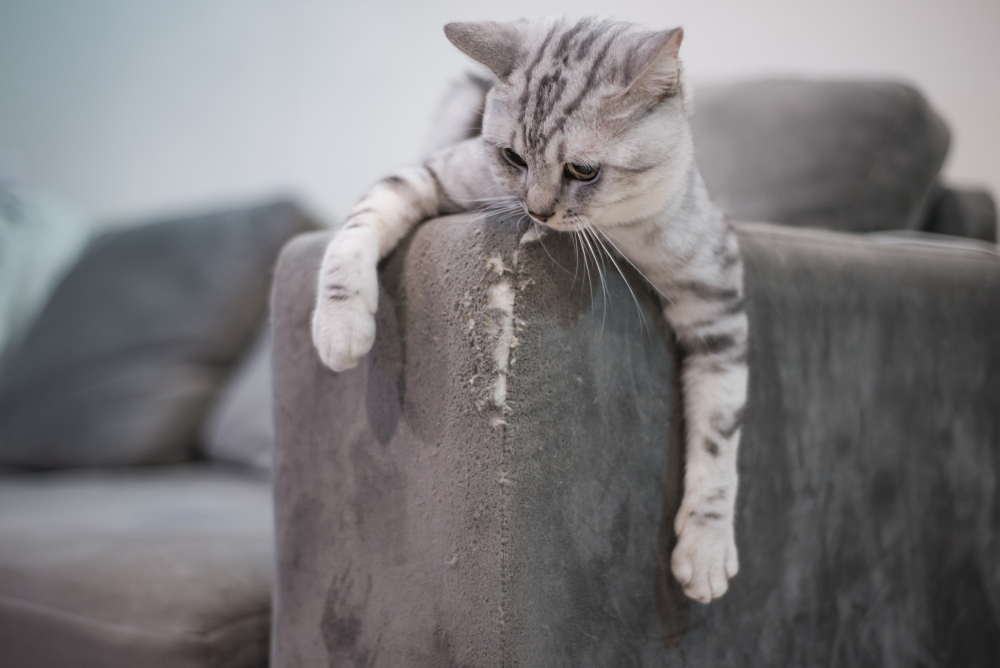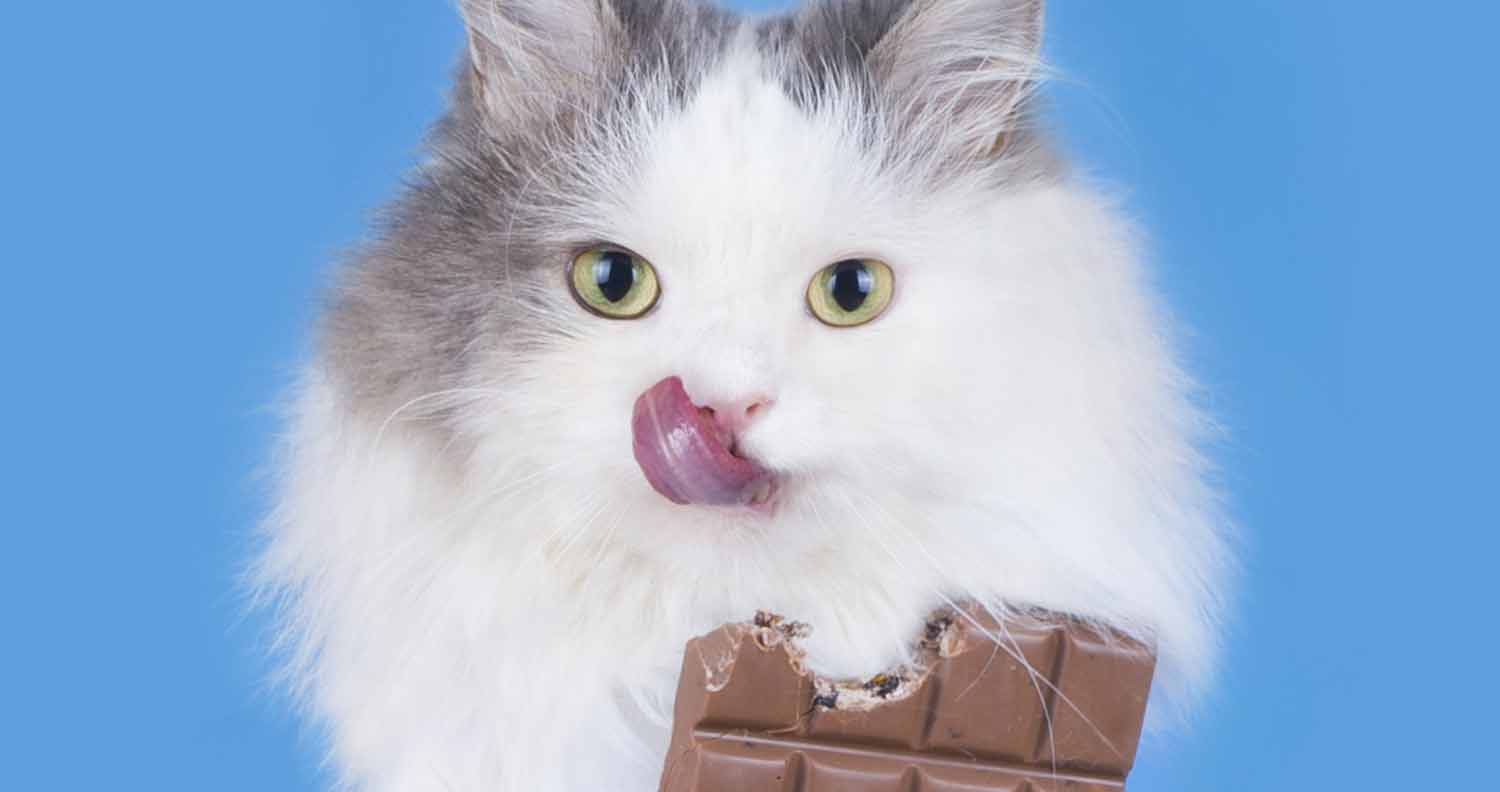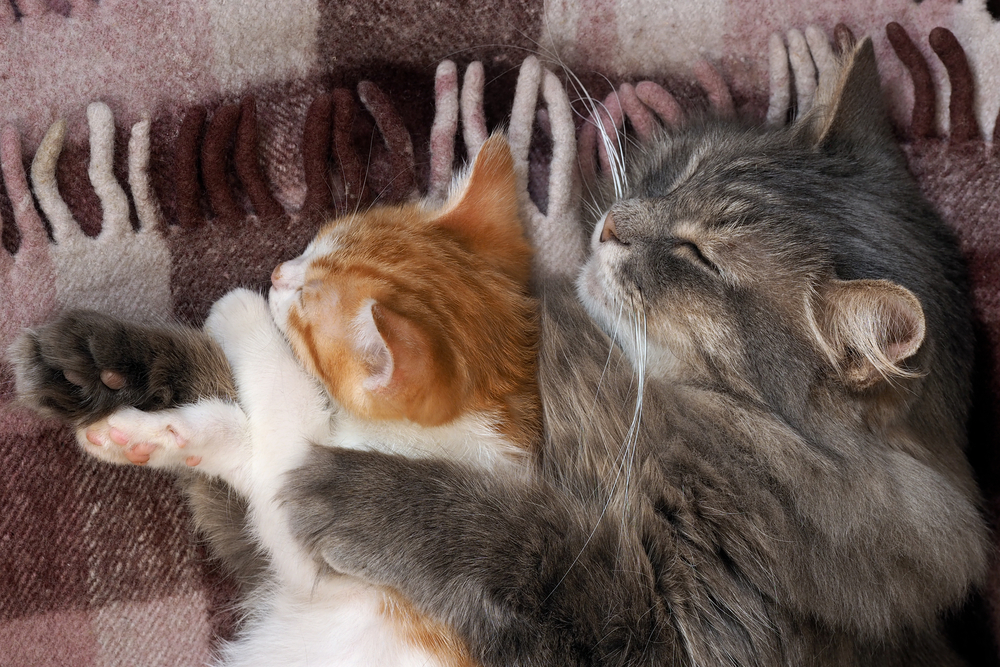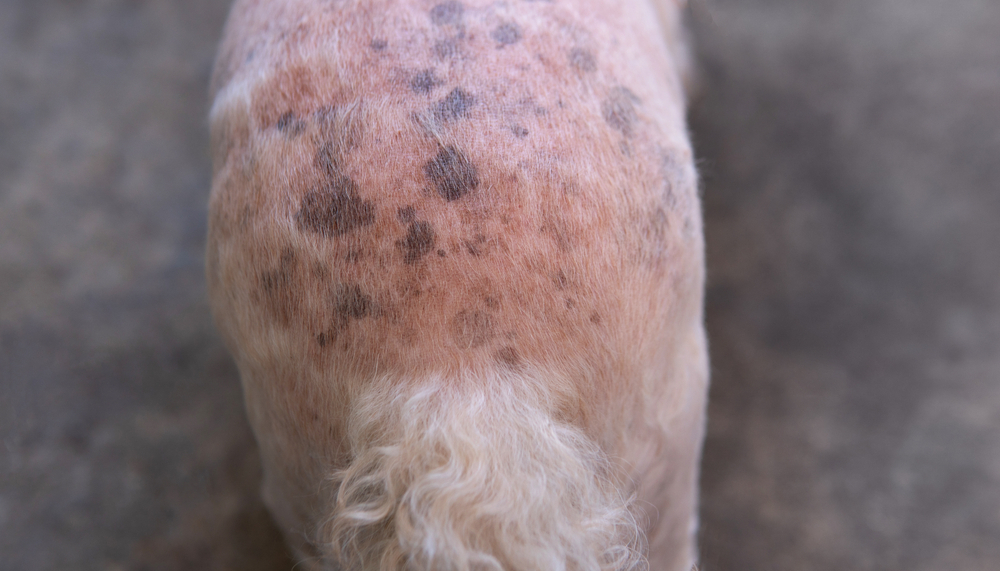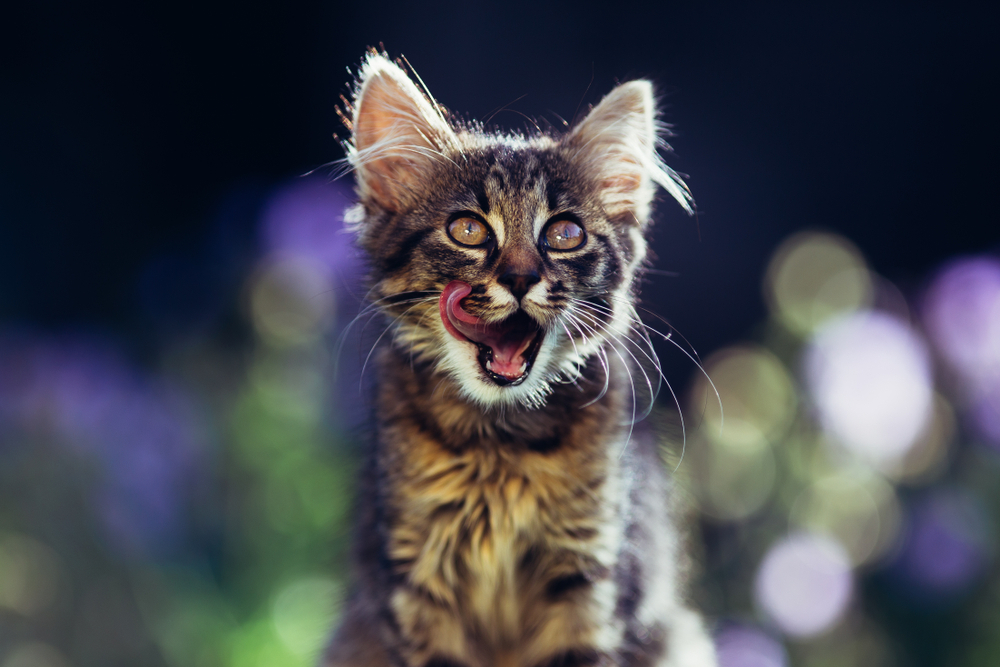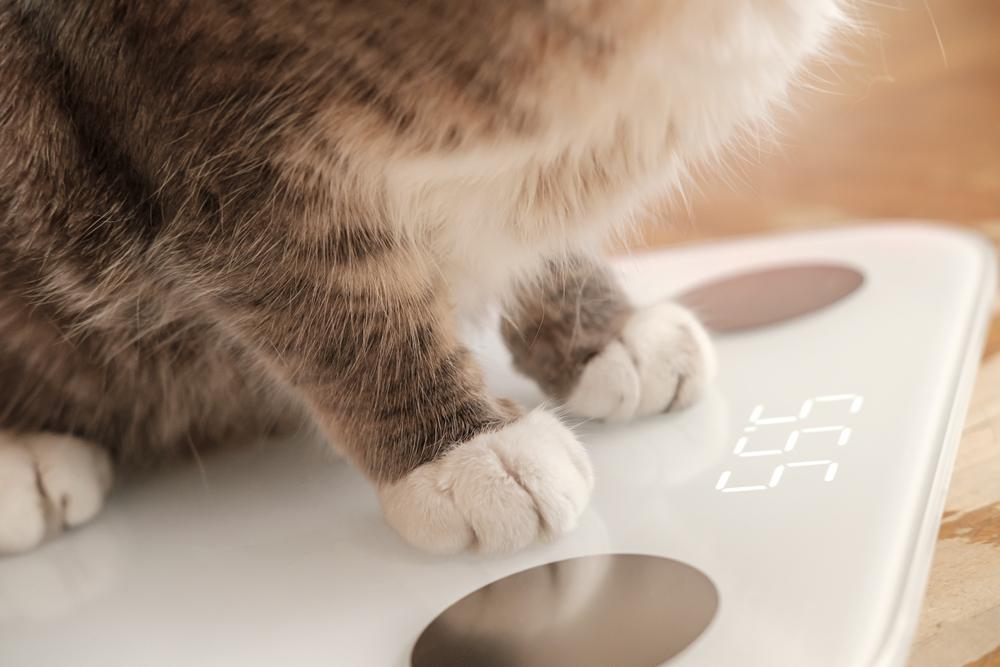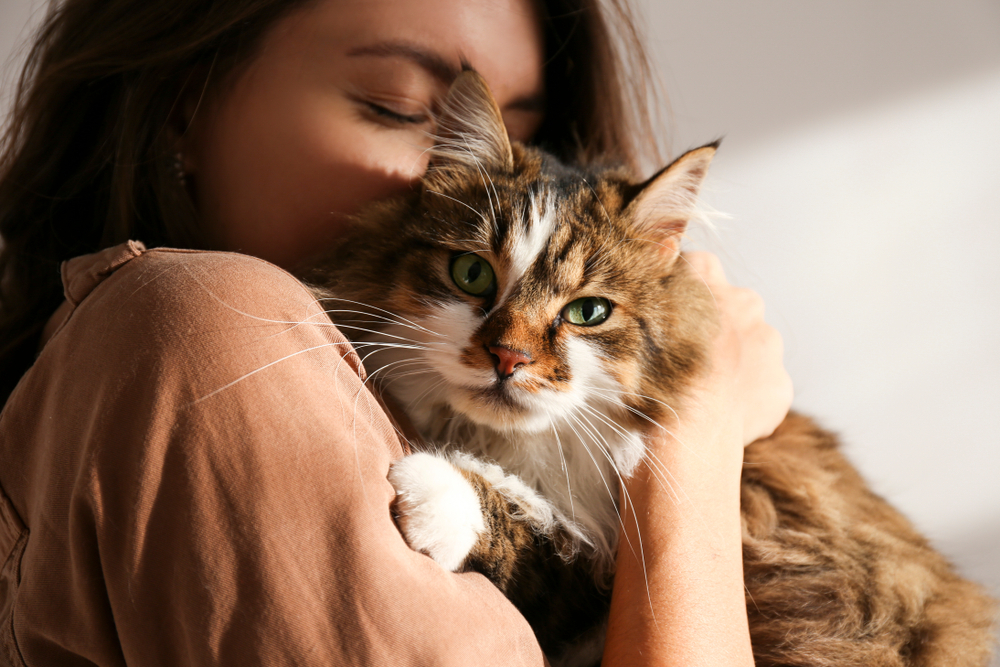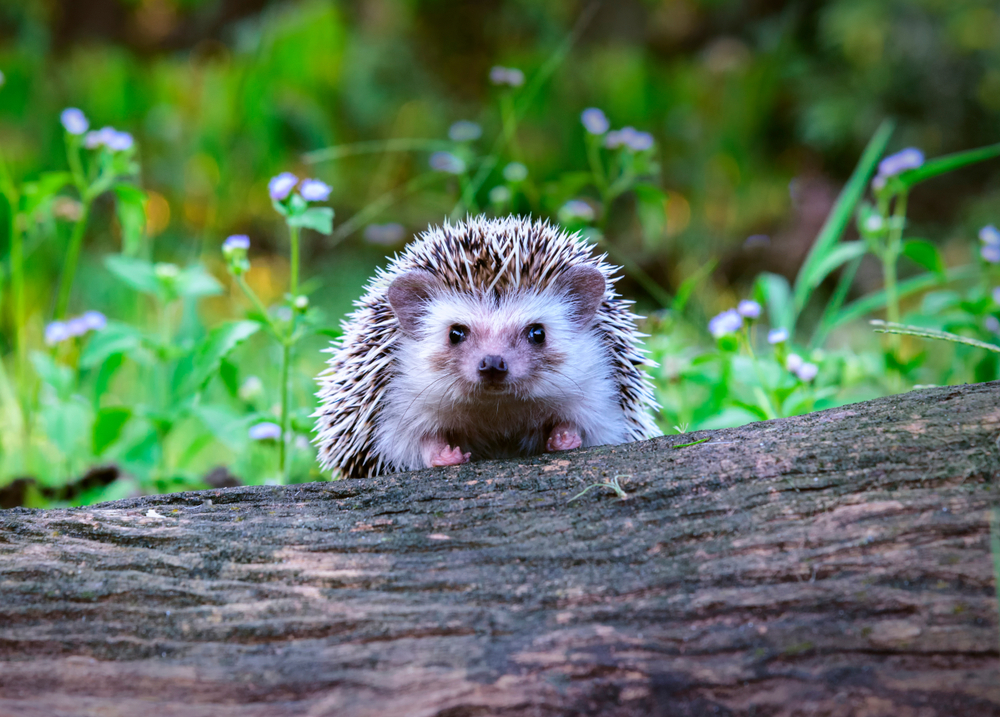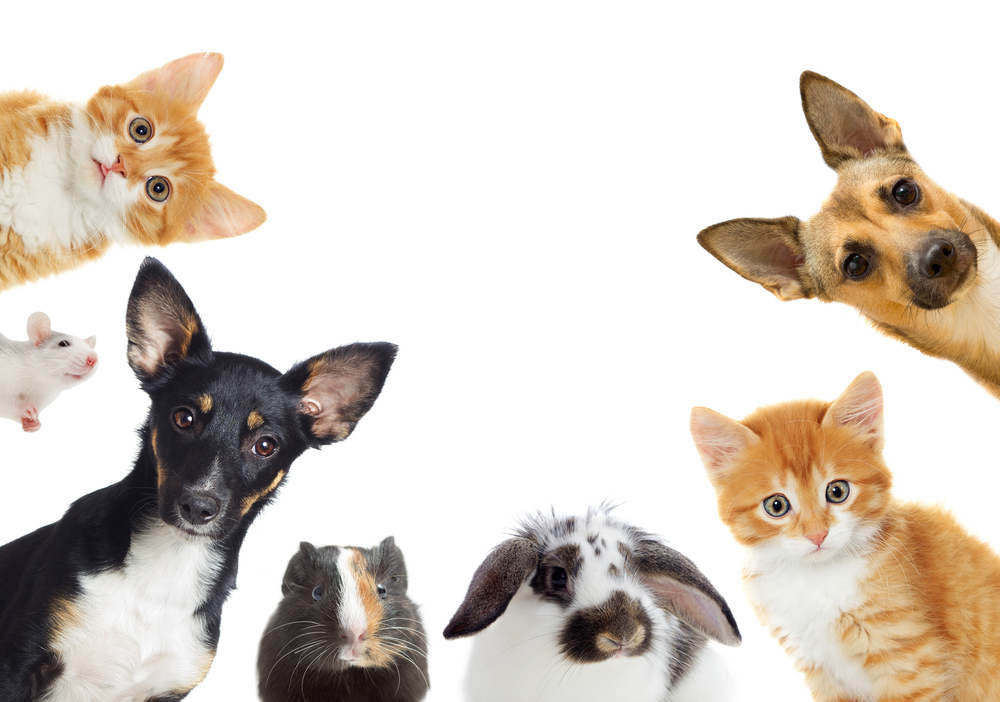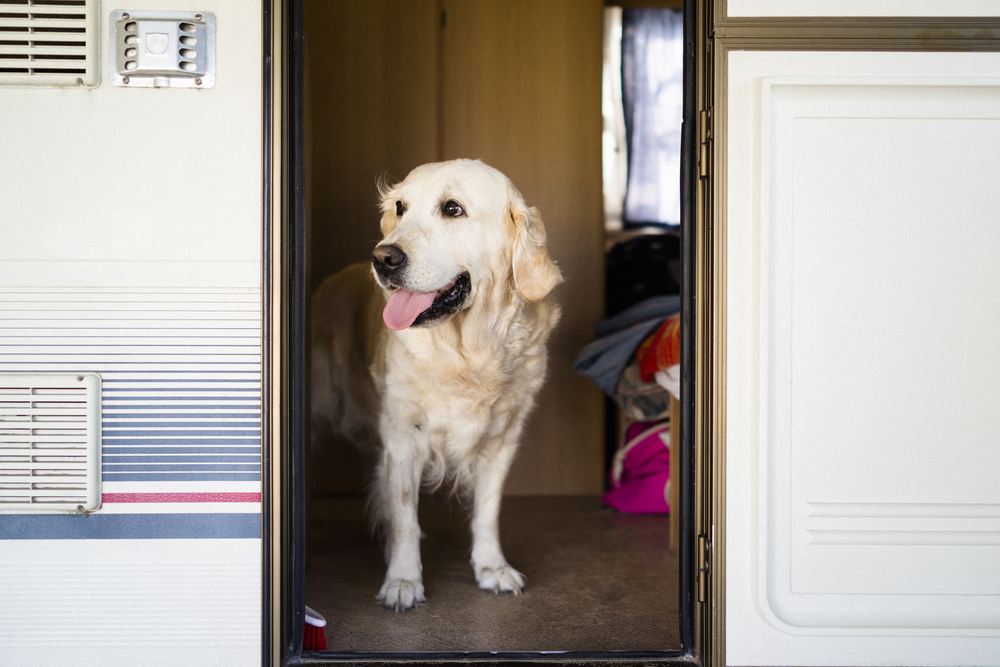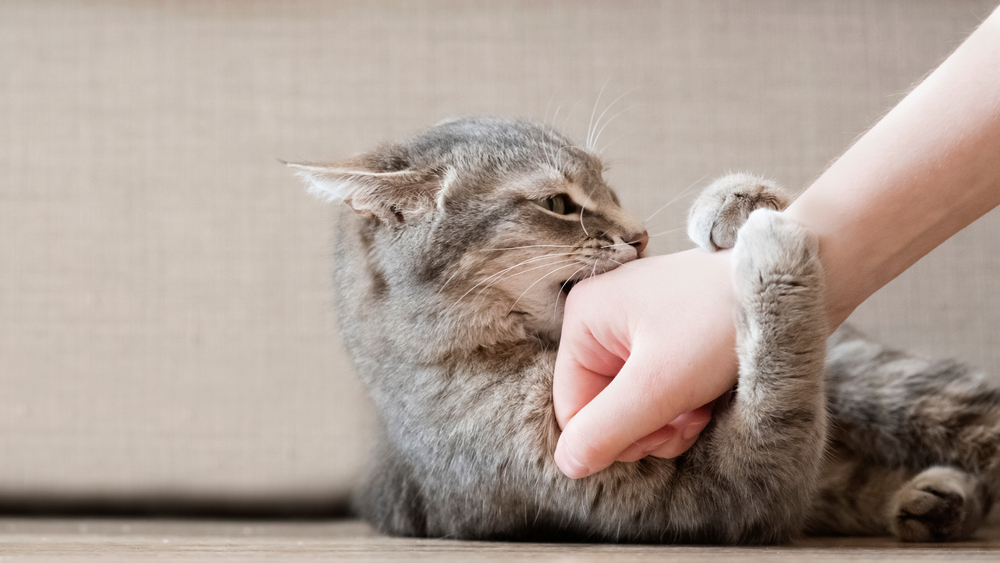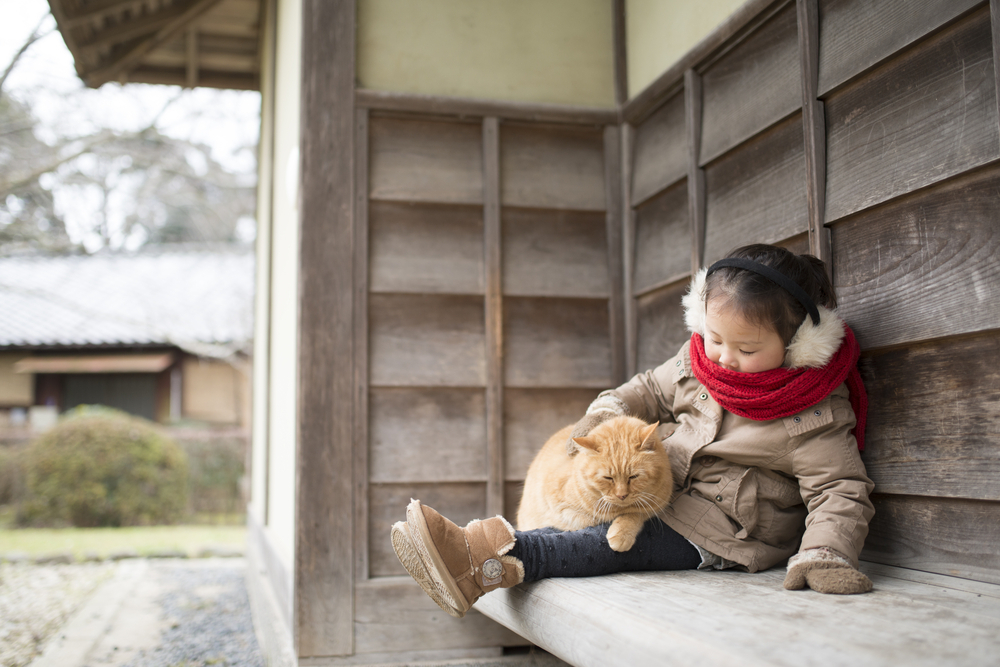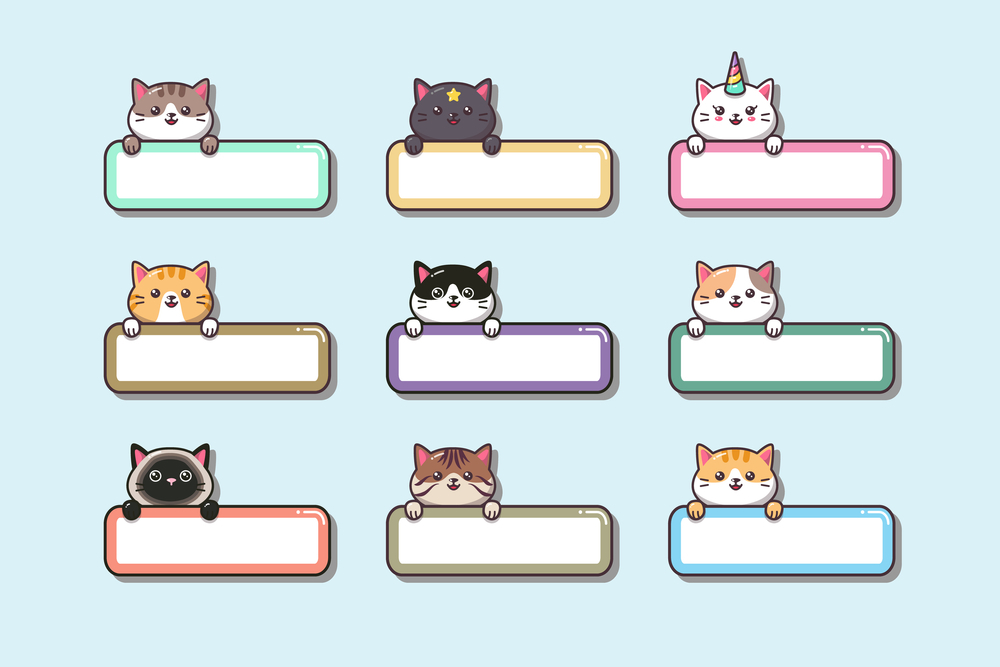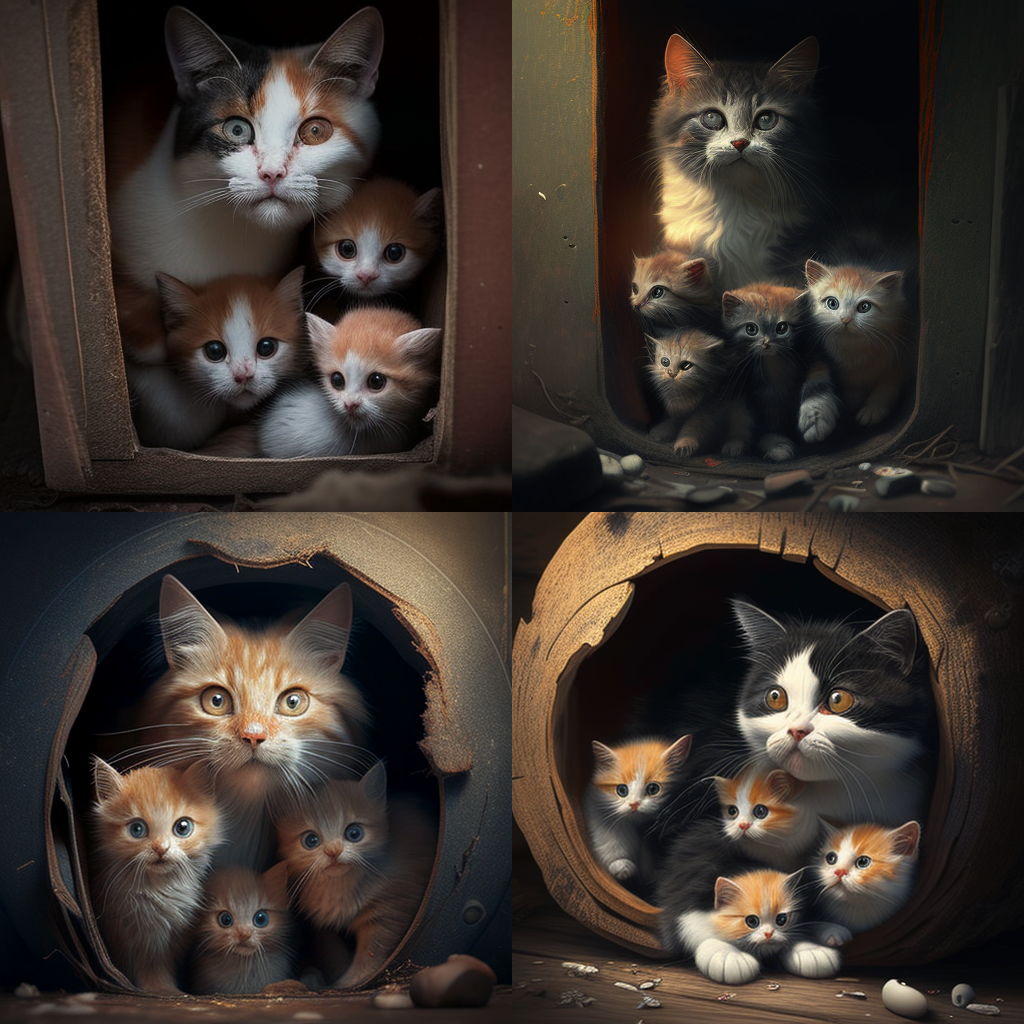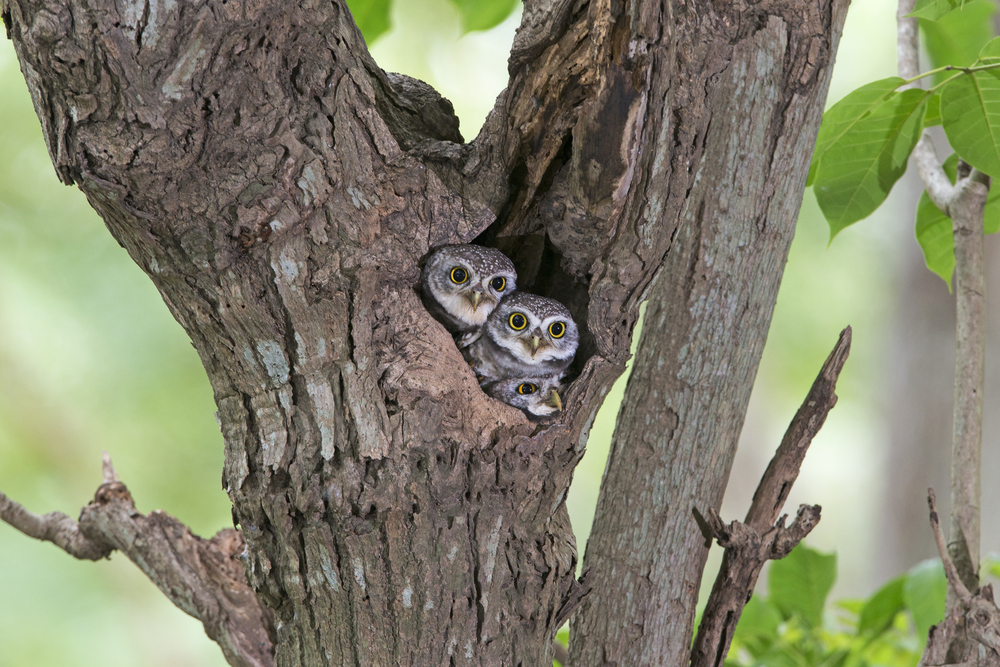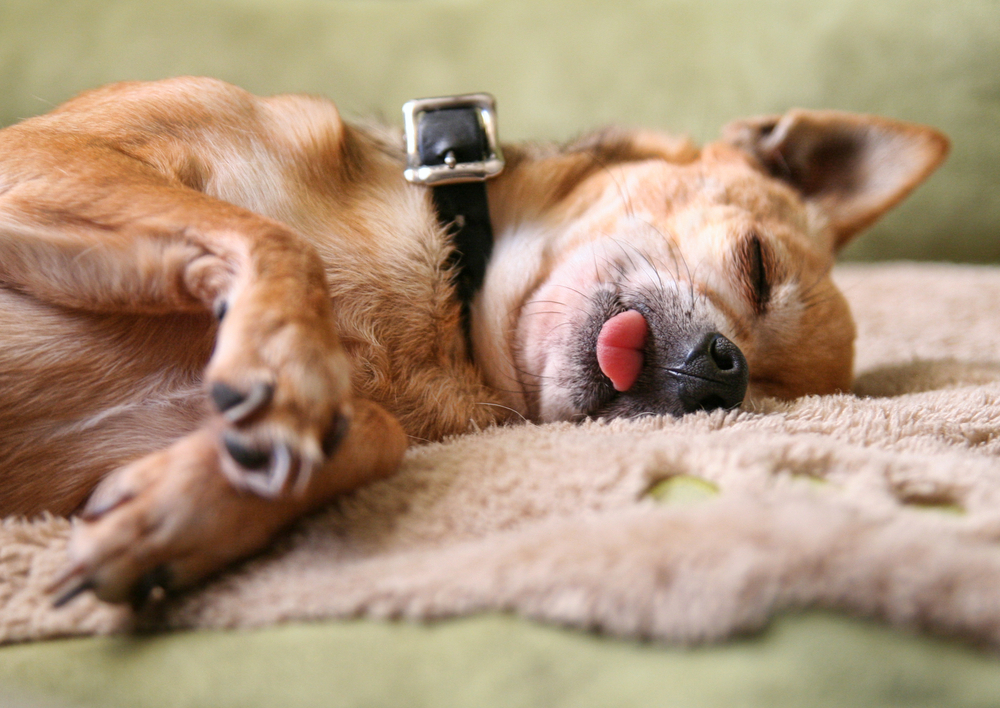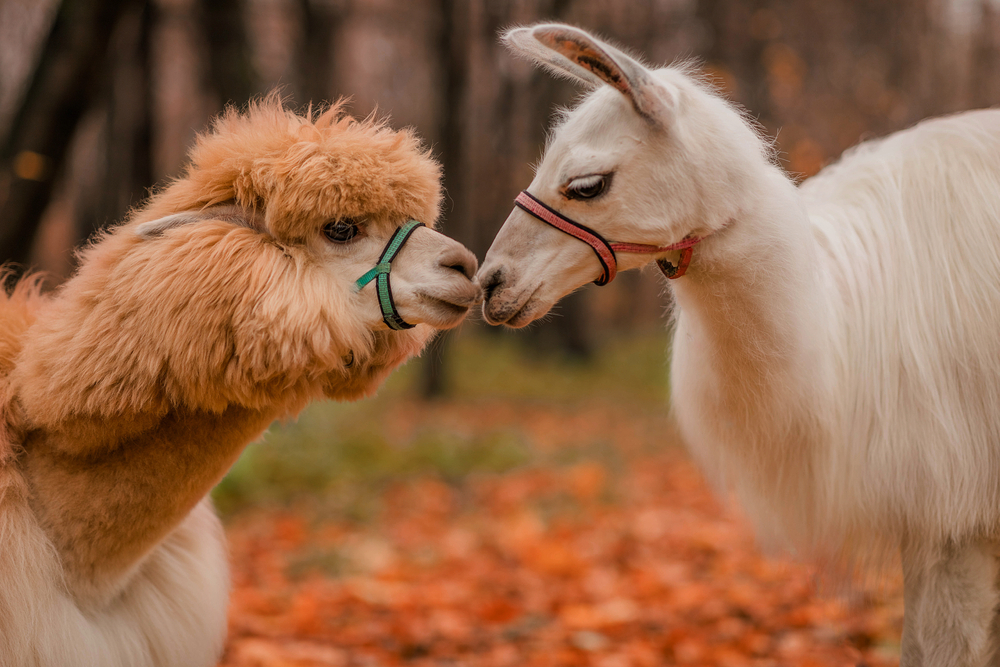Do Cats Like Kisses? Debunking the Myth – 6 Tips and Techniques
By  Olivia Moore |
Last updated: Apr 9 2023
Olivia Moore |
Last updated: Apr 9 2023
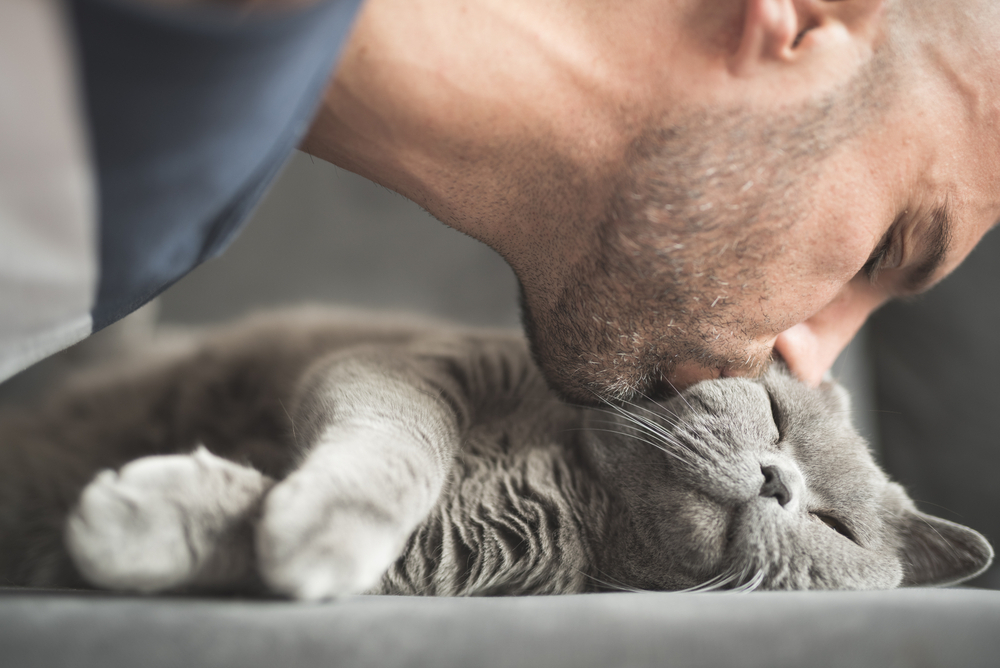
As cat owners, we often express our affection for our furry friends through various means, including kisses. However, there is a common misconception that cats universally enjoy kisses. But is this really true? In this article, we will delve into the world of feline behavior and communication to understand Do Cats like kisses or if there is more to it than meets the eye. By understanding our feline companions’ unique ways of expressing affection, we can foster a stronger bond and ensure their comfort and well-being.
Related Article: 9 Reasons Why Does My Cat Cuddle with Me?
Understanding Cat Behavior:
To truly understand if cats like kisses, we need to first understand their behavior and communication. Cats are known for their independence and aloofness, and they communicate through various means, such as body language, vocalizations, and scent. For cats, grooming plays a significant role in their behavior, as they spend a significant amount of time grooming themselves and each other. Grooming is not only about hygiene but also a way for cats to bond and show affection to one another.
Do Cats Like Kisses? Debunking the Myth:
Contrary to popular belief, not all cats enjoy kisses. Cats are known for their sensitive nature, and they may not appreciate the sensation of being kissed by humans. While some cats may tolerate or even enjoy kisses, others may find it stressful or uncomfortable. Cats have a keen sense of smell and taste, and the close proximity of a human's breath and saliva during a kiss can be overwhelming for them. Additionally, cats are highly sensitive to touch, and being kissed on the head or face can trigger their natural instinct to protect these vulnerable areas.
Furthermore, forcing kisses on a cat can cause stress, fear, and even aggression. Cats are masters of body language, and they often give subtle signs of discomfort or stress through their posture, tail position, and ear movement. Ignoring these signs and proceeding with kisses despite their discomfort can damage the trust and bond between a cat and its owner. It's essential to respect a cat's personal space and boundaries to ensure their well-being and happiness.
Signs of Feline Affection:
While cats may not necessarily enjoy kisses, they do have their unique ways of showing affection. By understanding these signs, cat owners can better gauge their cat's comfort level and build a stronger bond. Some common signs of feline affection include purring, kneading, head-butting, and grooming.
Purring is a well-known sign of a cat's contentment and relaxation. When a cat purrs, it typically indicates that they are comfortable and happy. Kneading, or "making biscuits," is when a cat pushes their paws in and out against a soft surface, such as a blanket or their owner's lap. This behavior is often associated with kittenhood and is a comforting and bonding behavior for cats.
Head-butting, also known as "bunting," is when a cat gently bumps their head against a person or object. This is a sign of trust and affection, as cats have scent glands on their heads, and they use this behavior to mark their territory and show familiarity. Grooming is another significant sign of affection in cats. Cats groom themselves as a way to keep clean and maintain their coat, but they also groom other cats or their owners as a gesture of bonding and affection. Grooming is a social behavior that helps strengthen the bond between cats and their owners.

Respecting Cat's Boundaries:
Furthermore, forcing kisses on a cat can cause stress, fear, and even aggression. Cats are masters of body language, and they often give subtle signs of discomfort or stress through their posture, tail position, and ear movement. Ignoring these signs and proceeding with kisses despite their discomfort can damage the trust and bond between a cat and its owner. It's essential to respect a cat's personal space and boundaries to ensure their well-being and happiness.
Understanding Your Cat's Preferences:
Understanding your cat's preferences is crucial for building a strong and healthy relationship with your feline friend. Cats are unique creatures with their own individual personalities and preferences. As a responsible cat owner, it's important to recognize and respect these preferences to ensure your cat's comfort, happiness, and well-being. In this article, we will explore how to understand your cat's preferences and use this knowledge to strengthen the bond between you and your feline companion.
The Importance of Understanding Your Cat's Preferences:
Cats are highly sensitive and discerning animals, and they have their own likes, dislikes, and boundaries. Understanding your cat's preferences is essential for several reasons. Firstly, it helps you create a comfortable and enriching environment for your cat, where they can thrive physically and mentally. Secondly, it allows you to build trust and strengthen the bond with your cat, as you can cater to their individual needs and desires. Finally, it helps prevent stress, fear, and aggression in your cat, as you can avoid forcing them into situations or activities that they are uncomfortable with.
![]()
Understanding Your Cat's Preferences: Tips and Techniques
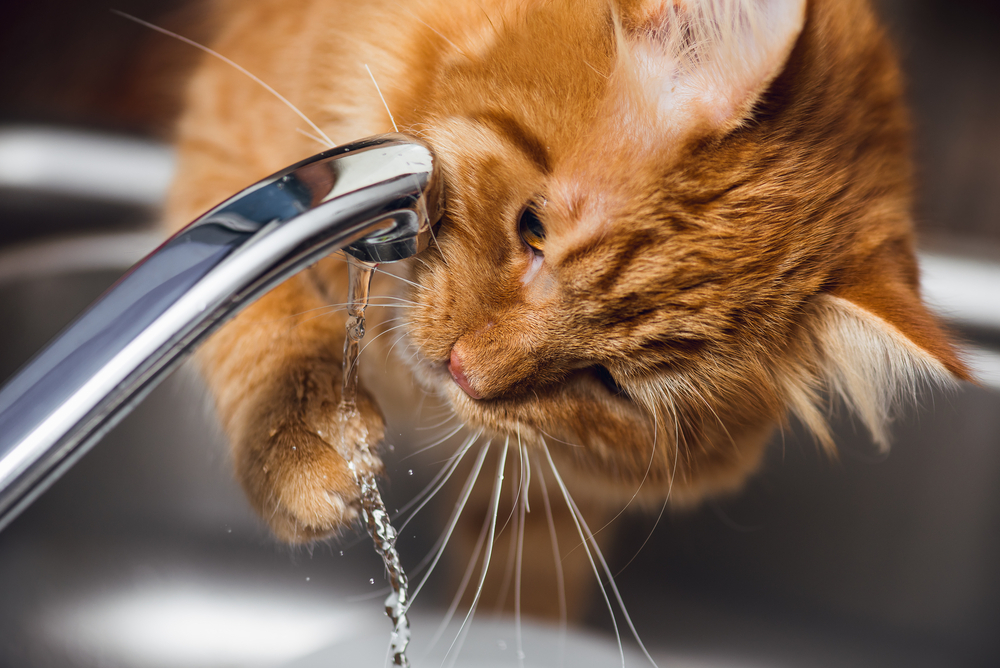
1Observe Your Cat's Body Language:
Cats communicate through body language, and observing their cues can provide valuable insight into their preferences. Pay attention to their posture, tail position, ear movement, and facial expressions . For example, if your cat's tail is puffed up or their ears are flattened, it may indicate that they are stressed or uncomfortable.
![]()
2Listen to Your Cat's Vocalizations:
Cats use vocalizations to communicate their preferences, and different types of meows, purrs, chirps, and hisses can convey different messages. For instance, a high-pitched meow may indicate that your cat is hungry, while a low-pitched growl may signal that they are feeling threatened or agitated. Take the time to listen and interpret your cat's vocalizations to better understand their needs and desires.
![]()
3Pay Attention to Your Cat's Likes and Dislikes:
Cats have individual preferences when it comes to food, toys, playtime, and grooming. Observe what your cat enjoys and what they avoid, and adjust their environment accordingly. For example, if your cat shows a preference for a certain type of food, make sure to provide it for them. If they dislike a particular toy or grooming technique, respect their preferences and avoid using them.
![]()
4Provide Choices for Your Cat:
Cats enjoy having choices and control over their environment. Provide them with different options for food, water, litter box, resting spots, and playtime activities. This allows them to express their preferences and make choices that suit their individual needs and desires.
![]()
5Respect Your Cat's Personal Space and Boundaries:
Cats are independent animals and need their personal space and boundaries respected. Avoid crowding or overwhelming your cat with too much physical contact, especially if they show signs of discomfort or stress. Allow them to approach you on their terms and respect their need for alone time.
![]()
Conclusion
In conclusion, regarding the topic we discussed above "Do Cats Like Kisses", some cats may enjoy kisses from their human companions, it's important to recognize that not all cats are comfortable with this form of physical affection. Each cat has their own individual preferences and boundaries, and it's crucial to respect and understand them. By observing your cat's body language, listening to their cues, and being attuned to their comfort level, you can determine whether or not your cat enjoys kisses. Remember, the key is to always prioritize your cat's comfort and well-being and to seek alternative ways to express your love and affection if kissing is not something they enjoy.
Written by
Olivia Moore
Olivia is a freelance writer and pet enthusiast who writes articles on animals to help owners and their pets live their life in the best way. She resides in Australia and is currently doing her master’s degree in wildlife biology. Besides her studies, she has found a new love for working online and writing about animals. She is passionate about creating awareness about pets. Her mission is to write content on their health issues and the best ways to make their pets content. She loves to write about animals of all types but her specialties are dogs, cats, and birds.

